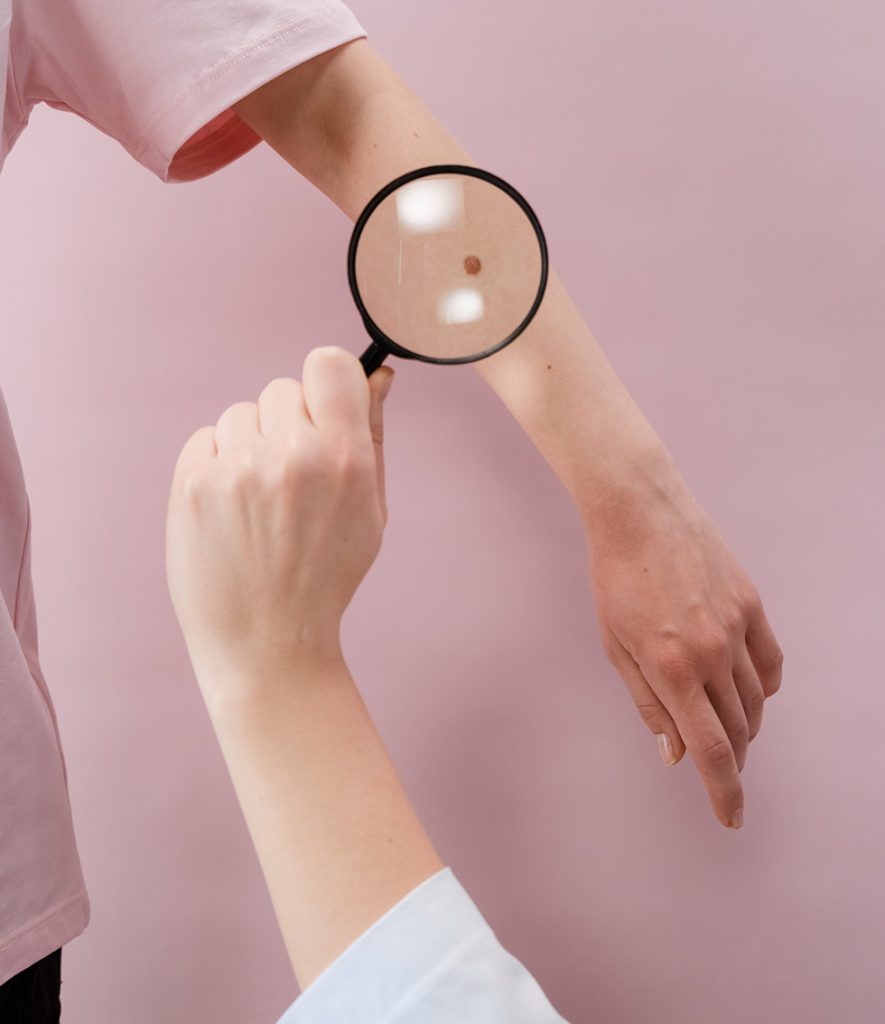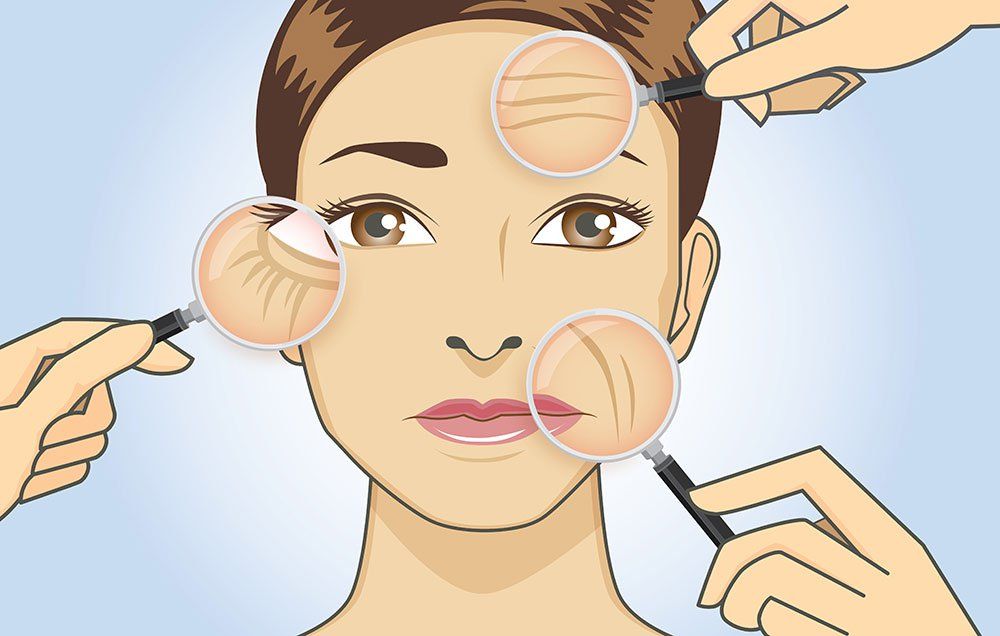Mohs Surgical Procedure Explained: A Key Treatment in Dermatology for Managing Skin Cancer Properly
In the world of dermatology, Mohs surgical procedure stands as a critical treatment for combating skin cancer cells, particularly basal cell and squamous cell carcinoma. This complex medical method, conceived by Dr. hair loss. Frederic E. Mohs, focuses on the specific excision of cancerous skin layers, leaving healthy tissue unblemished. What exactly makes Mohs surgery so effective and exactly how does it contribute to positive client results? As we dig much deeper into the process, its advantages, and prospective problems, the true value of this procedure ends up being progressively evident.
Understanding the Basics of Mohs Surgical Procedure
Although it could appear complicated, Mohs surgical treatment is a precise medical strategy utilized primarily to treat skin cancer cells. Called after Dr. Frederic E. Mohs, that established the procedure, it offers the highest treatment price for particular kinds of skin cancers, consisting of basal cell carcinoma and squamous cell carcinoma. The key goal of Mohs surgical treatment is to eliminate all cancer cells while sparing as much healthy and balanced cells as possible. It acts as a favored choice for cancers located in cosmetically delicate or functionally vital areas like the face, hands, feet, and genital areas. Its accuracy and high success price have made Mohs surgery a keystone in dermatology, using wish to patients worldwide. It is essential to keep in mind, however, that this treatment is generally reserved for certain sorts of skin cancer.

The Procedure: Step-by-Step Malfunction of Mohs Surgical Procedure
While Mohs surgery may seem complicated, understanding the step-by-step procedure can assist demystify the process. The procedure begins with the cosmetic surgeon eliminating a thin layer of visible cancerous skin. This layer is then thoroughly analyzed under a microscope for cancer cells. If cancer cells are discovered, the cosmetic surgeon gets rid of an additional layer of skin and the procedure is duplicated. This cycle continues until no more cancer cells are found, ensuring the full elimination of cancer while protecting as much healthy skin as feasible. The injury is then closed using stitches, a skin graft, or it might be delegated heal naturally. Postoperative treatment is important to advertise healing and monitor for any kind of indications of reoccurrence.
The Advantages of Mohs Surgical Treatment in Skin Cancer Cells Treatment
A remarkable number of people have actually found the distinct benefits of Mohs surgery in their battle versus skin cancer. The treatment is typically executed on an outpatient basis under neighborhood anesthesia, making it less straining on the body than even more invasive surgeries. dermatologist. Mohs surgical treatment presents a superior option for efficient skin cancer treatment.
Possible Threats and Problems Connected With Mohs Surgical Treatment
In spite of its countless benefits, Mohs surgical treatment is not without prospective risks and issues. Like all medical treatments, it carries a threat of infection, blood loss, and an adverse reaction to anesthetic. In uncommon situations, people may experience nerve damages, causing numbness or weak point in the area of surgical treatment. There's also the opportunity of a recurrence or spread of skin cancer cells, particularly if all cancerous cells were not entirely removed throughout the procedure. Scarring is an additional issue, as it can be recognizable depending upon the dimension and location of the treated location. The psychological impact of a skin cancer medical diagnosis and subsequent surgical procedure should not be taken too lightly, as it can lead to anxiety and anxiety in visit here some people.
Getting ready for and Recuperating From Mohs Surgical Procedure: What to Anticipate
To make certain the most effective possible end result from Mohs surgery, patients need to effectively get ready for the procedure and comprehend what to expect during recuperation. Prep work usually entails a thorough conversation with the doctor about the view it patient's clinical background, present medications, and potential allergic reactions. Some drugs may need to be stopped prior to the surgical procedure to lessen bleeding. Postoperative care is essential for successful recuperation. Individuals may experience light pain, inflammation, or swelling, which can be handled with recommended medications. They are suggested to rest, avoid strenuous tasks, and maintain the surgical website clean and dry. Regular follow-ups are required to monitor recovery and identify any kind of complications early. The key to recuperation is individuals' adherence to their medical care company's guidelines.
Conclusion
